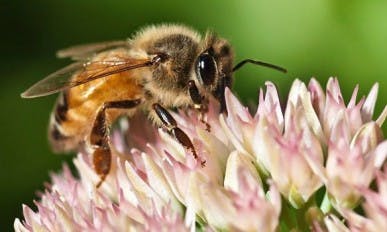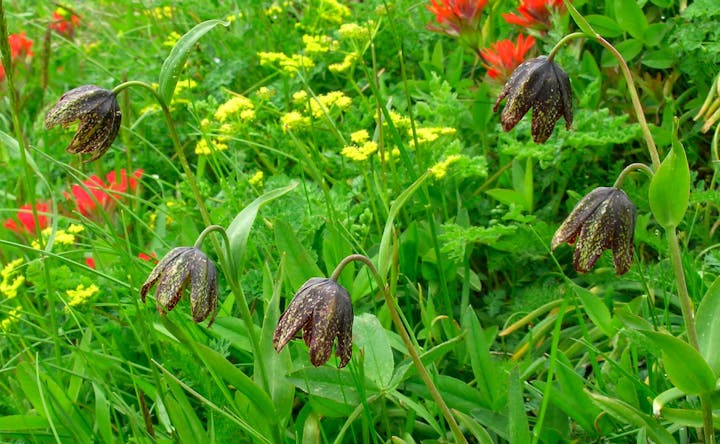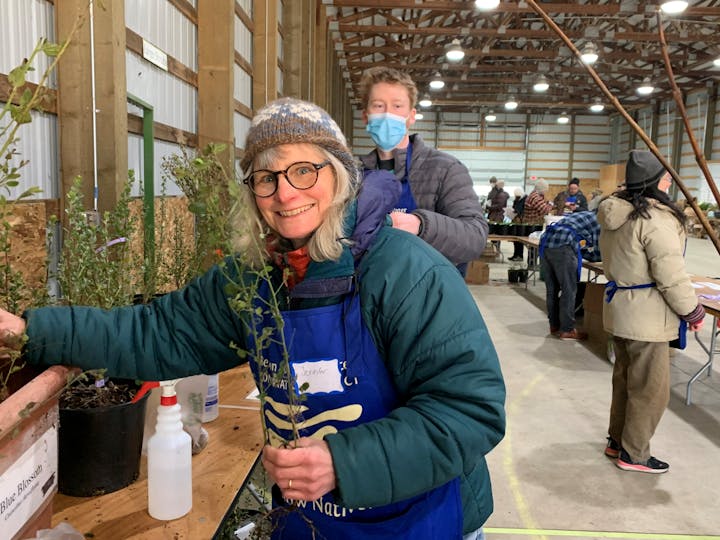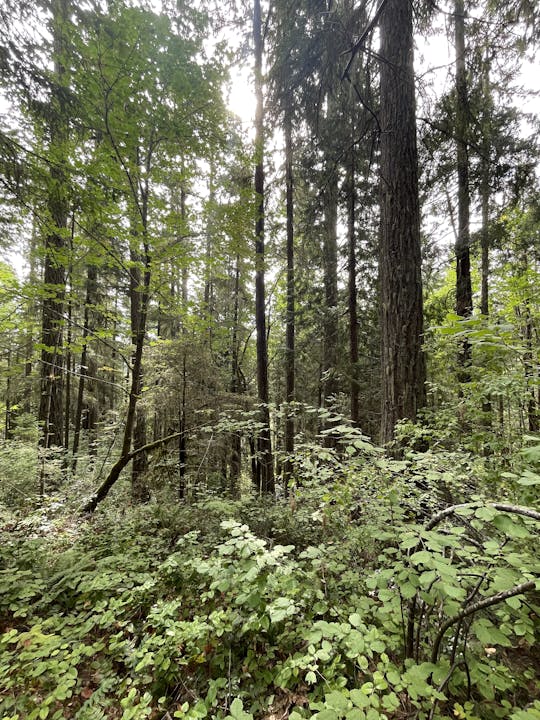False Solomon’s Seal | Maianthemum racemosum
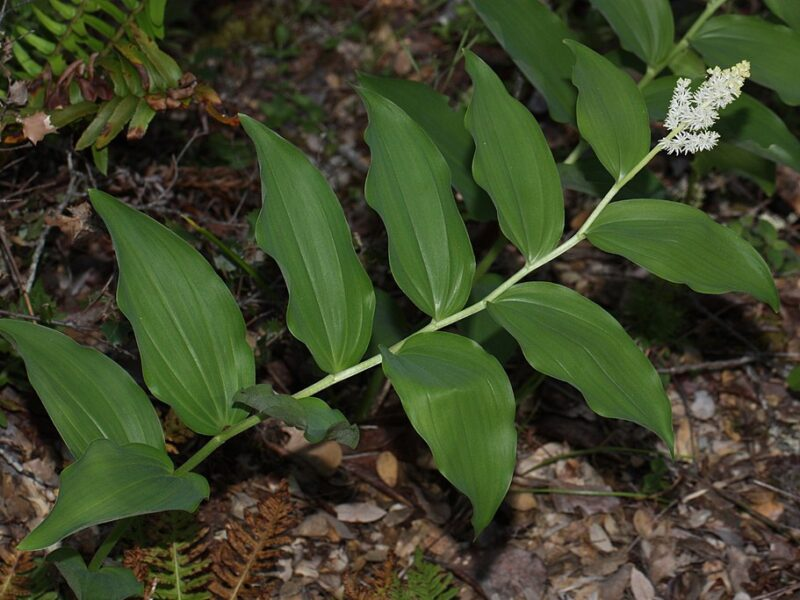



A FALL BULB AND SEED SALE ITEM
This plant grows in forest understories, forming dense clumps with alternate lance-shaped leaves on stems ending in spikes of small white fragrant flowers that turn into red berries. Attracts pollinators.
Plant Details
| Habitats | Mixed Hardwood-Conifer Forest or Woodland, Riparian Forests |
|---|---|
| Habitat Notes | Does best in partially-shaded forest understories. This species spreads easily once established |
| Phenology | Perennial; flowering April-August |
| Mature Height | 3 ft |
| Shade Preference | Partial shade |
| Soil Tolerance | Prefers moist, moderate summer water and soils rich in organic matter |
| Special Uses | Support pollinators, beneficial insects |

